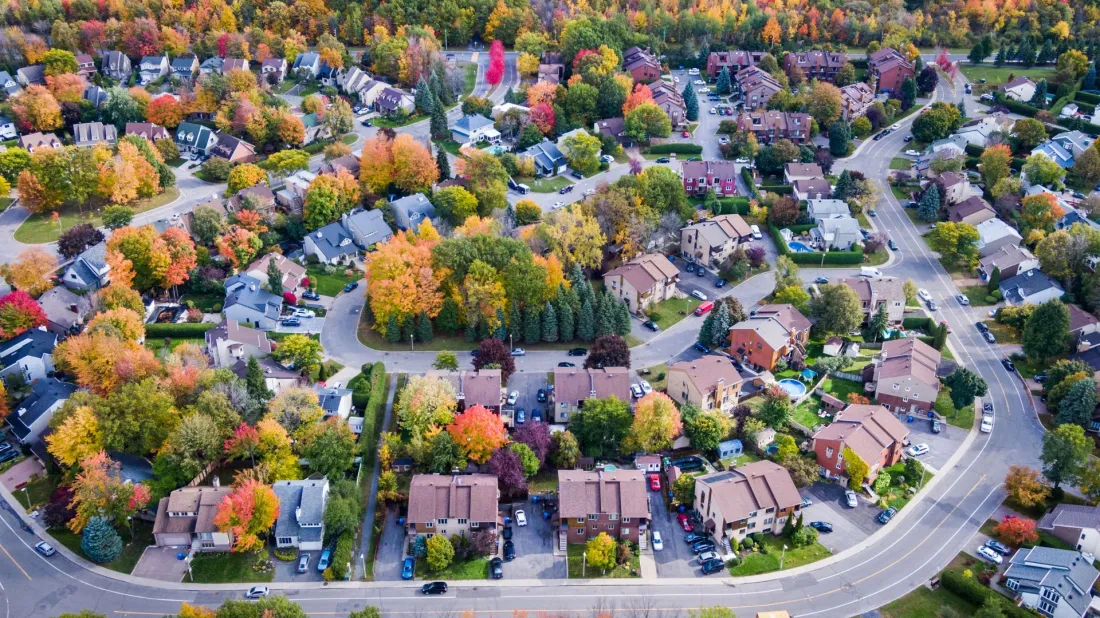Is Canada experiencing the Baby Boom all over again? Yes and no.
According to new data from Statistics Canada, the Canadian population increased by more than one million people, growing at a 2.9 percent clip, the highest since the 1950s. This eclipsed every other G7 nation by wide margins.
Canada’s population stands at a little more than 40 million, and experts predict it will double in the next 25 years.
However, the exponential population growth does not result from more people having families. Instead, 98 percent of the increase was driven by immigration (permanent and temporary) and non-permanent residents, including refugees and international students, arriving in Canada. In 2022 and 2023, Ottawa accepted approximately 1.13 million immigrants, the highest on record.
Andrew Griffith, a former director general at the federal Immigration Department, recently told The Toronto Star that while Ottawa maintains a well-managed immigration system, this is unsustainable and weighing on the nation’s infrastructure.
“We have to have an integrated immigration plan that actually looks at both the permanent residents and the temporary residents, given that the temporary residence is largely uncontrolled and has been increasing at a very high rate,” Griffith said. “If you look at its explosive growth over the past few years, the past 20 years, that obviously contributes to all the pressures on housing, health care, infrastructure and the like.”
Indeed, the Canadian real estate market, which had already faced tremendous affordability challenges before the immigration boom, is one of these areas that could become even more vulnerable to bolstered demand.
How is Supply in the Canadian Housing Market?
The Canadian housing industry has grappled with diminishing inventories across the country.
According to the Canadian Real Estate Association (CREA), the number of months of inventory clocked in at 3.4 at the end of August 2023, up from 3.2 in the previous month. While this gauge has improved, it is below the second half of 2022 and under the long-term average of roughly five months (in 2013, it was 6.1 months). This is a vital statistic because it measures the number of months it would take to exhaust current stocks at the present rate of sales activity.
In addition, new housing construction activity has slowed. Data from the Canada Mortgage and Housing Corporation (CMHC) show that housing starts tumbled by one percent month-over-month in August, totalling 252,787 units. Since early 2021, housing starts have been on a downward trajectory.
A recent paper by the Canadian Centre for Policy Alternatives (CCPA) warned that Canada’s developers are constructing fewer homes than they did at the height of the coronavirus pandemic as the Bank of Canada’s higher interest rates and above-trend inflation weigh on the housing market.
“If you have to take out a loan to engage in a type of economic activity, higher interest rates matter,” David Macdonald, a senior economist at the CCPA, wrote in the report. “This means that higher interest rates increase carrying costs for businesses looking to build things like residential housing or consumers looking to buy those houses.”
Since the spring of 2022, the central bank has raised interest rates by about 500 basis points, sitting at a target rate of five percent. Additionally, since monetary policy operates with a lag, the broader economy has yet to feel the full effects of a rising-rate climate.
Will Supply Keep up with Demand?
The CMHC recently estimated that Canada needs approximately 5.8 million new homes by 2030 to restore housing affordability.
A separate February 2023 report from economists at Desjardins suggests that Canada needs to build 50 percent more housing to support the federal government’s immigration targets without significant increases to home prices. In 2023 and 2024, more than 200,000 homes need to be built.
“Increasing the housing supply beyond the typical demand response would also take pressure off prices but requires extraordinary policy intervention and resolve,” the authors wrote. “Indeed, we estimate that housing starts would have to increase immediately by almost 50 percent nationally relative to our baseline scenario and stay there through 2024 to offset the price gains from the increase in federal immigration.”
The Ontario government intends to construct 1.5 million new homes by 2031, which could provide a “disproportionate offsetting impact on the average home price in Canada.” The problem? Over the last five years, the nation’s two most populous provinces – Ontario and British Columbia – have received the largest share of immigrants.
Desjardins economists note that it is a catch-22 situation for public policymakers. On the one hand, lowering immigration to 2018-2021 levels would slightly reduce residential property prices. But on the other hand, boosting immigration totals would address the labour shortages ubiquitous throughout the Canadian economy.
“Rather than being considered a reason to curb immigration, it should instead be a catalyst for reducing barriers to building more housing. The contribution of immigrants to the Canadian economy well outweighs their impact on the housing market,” the report stated.
A Mountain of Challenges
The Canadian real estate market is grappling with a mountain of challenges: ballooning construction costs, two-decade-high interest rates, a skilled worker shortage, a scarcity of housing affordability options, and elevated inflation that is not keeping up with wages. The situation is even more perilous in some of the major urban centres, like Toronto and Vancouver, that have taken in a large share of newcomers. Aside from eliminating red tape and updating zoning laws, industry experts aver that there is no easy and quick fix to the Canadian housing industry’s dilemma.

